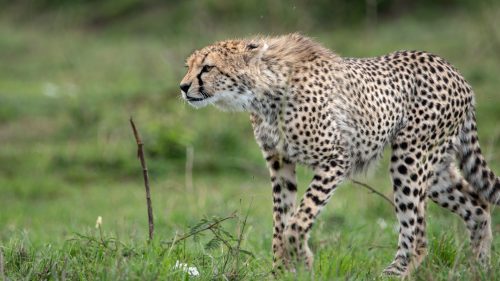
There’s something to be said to starting your day in glorious surroundings, something that is easily achieved when your morning drive starts with a descent down the escarpment.
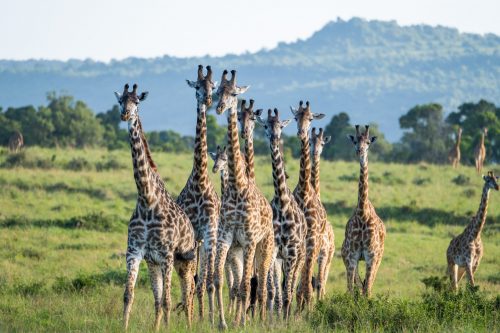
This week, during the early hours, a group of graceful walkers put on a show for us at sunrise.


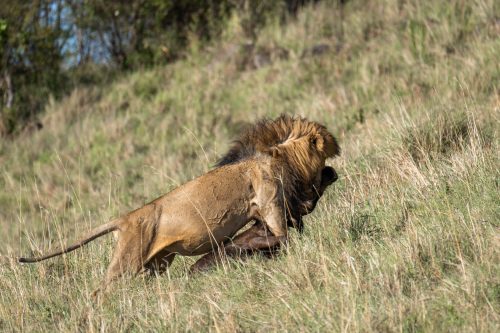
The sheer power of a male lion is truly something to behold. This Inselberg male was dragging his half-devoured kill for about 100 metres up a hill away from the heat of the day and the prying eyes of scavengers. With his stomach full, tail straight out, and muscles stretched and bulging, he huffed and puffed only pausing to catch his breath every now and then. His kill secured safely under the shade, we left him to enjoy his feast in peace.

We came across another member of the Inselberg Pride with a young buffalo kill. His strong jaws easily cracked the bones swallowing huge chunks of meat as he ate to nearly complete exhaustion eventually collapsing next to his kill. It’s really impressive to see just how much lions can stomach in just one sitting, sometimes up to 32kg.


As we were driving around Kampi ya Mungu, we spotted a male leopard about 50 metres away. He was perched on a fig tree surrounded by small herds of wildebeest and zebra. As soon as we spotted him, he stared right at us, then made a quick dash down the tree and scrambled into the nearby bushes. Leopards tend to be shy, especially in this part of the Triangle which mainly comprises undisturbed wilderness visited by very few tourists. Hence, the sight of a vehicle still startles some of these magnificent cats.
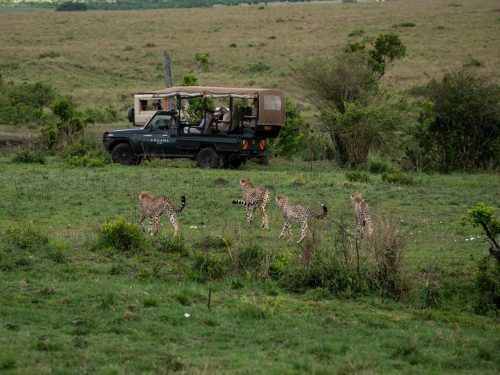
This week, we decided to step away from the familiar and venture into the Greater Maasai Mara. Since my arrival at Angama Mara, we have traversed larger parts of the Triangle, slowly building an understanding of all the main areas. However, the allure of unexplored territory proved too strong and we decided to cross the Mara Bridge, and head into the vast expanse of the National Reserve.
Excitement pulsed through my veins as we crossed over; I knew we were in for some amazing encounters. As the day got hotter, the main thing on our agenda was finding some cheetahs, which are known to be active primarily during the day. There were calls on the radio about a cheetah sighting, so we drove in that direction and as we approached, we noticed a few cars by a ravine. To our surprise, four cheetahs were lounging around in the grass. Unbelievable luck, it was a cheetah known as Neema, with her three cubs.
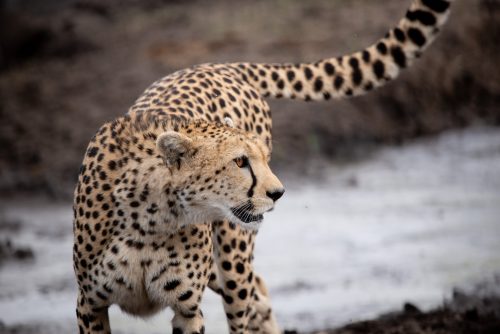

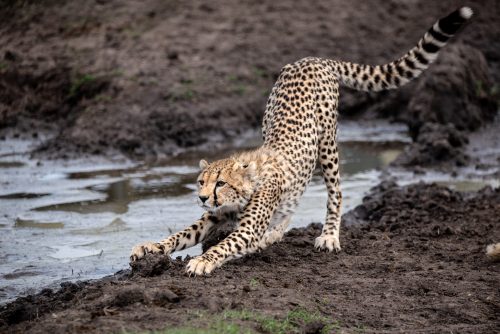
Cheetah cubs have some of the highest mortality rates in the wild, with only 10% surviving into adulthood. This is due to predation from larger predators such as hyenas and lions. Seeing these cubs approaching maturity is truly magical, an indication that Neema is indeed a phenomenal mother and has overcome many hurdles in raising her cubs. If all goes well, they will have a prosperous future.
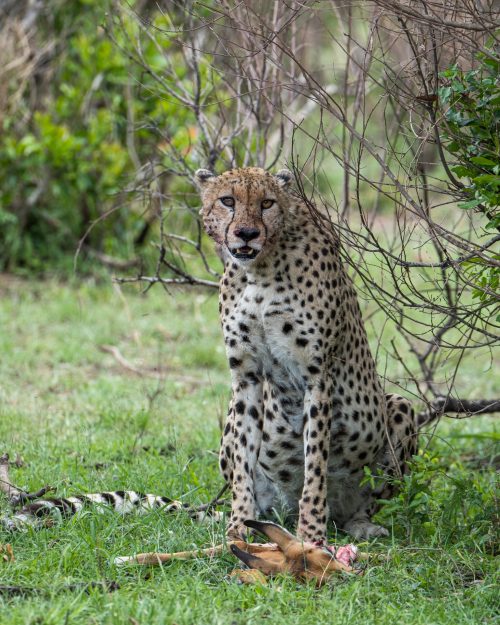


This is Olpadan, a former member of the famous Tano Bora who separated from the coalition of five males. Tano is Kiswahili for “five”. Olpadan was the lead male who always initiated hunts and was the first to get mating rights when the coalition encountered an oestrus female. He separated from the coalition around June this year. About a month later, in July, Olpadan encountered the other four members of the coalition and a fight broke out, leaving him severely injured. Why they acted so aggressively is anyone’s guess. People who witnessed the fight believed the four would have killed Olpadan if it wasn’t for human intervention. His worst injury sustained was to his right eye, and a few wounds on his body necessitated human intervention to treat him. His right eye is now partially blind, but that doesn’t stop him from making successful hunts.
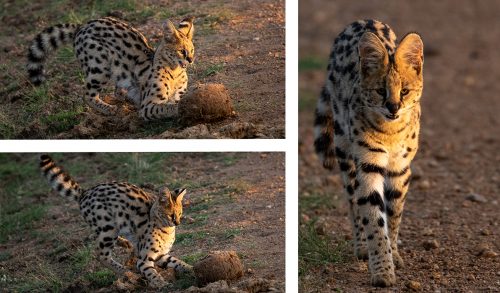
This time last year Azei and Tyler were marveling at the subtle jewels of the Mara, including this serval who had a fine morning playing with a ball of dung.
Filed under: This Week at Angama
Subscribe for Weekly Stories
Comments (0):
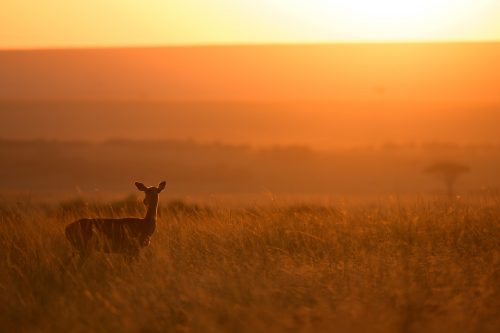
Rates & Availability